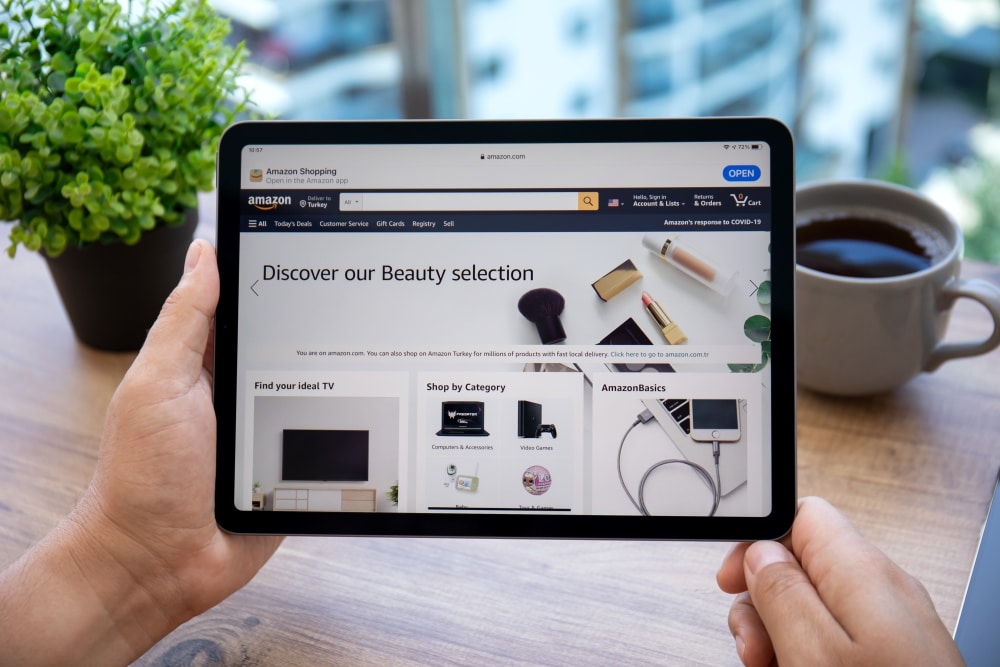Optimized ads generate more sales and traffic as well as increase the organic sales ranking of your products on Amazon. When potential customers search for products on Amazon, they are shown relevant sponsored ads based on the search terms they use. Using Automatic Targeting in Amazon Sponsored Ads offers a variety of match types that allow sellers to customize how and where their ads are shown. Here’s a quick review of some basic match types and how to incorporate them into your overall Amazon PPC strategy.
Substitutes Targeting:
Substitutes targeting displays ads on the product detail pages of similar items. By selecting substitutes targeting within sponsored ads automatic campaigns, you can position your ads in front of customers who are actively considering alternative products. This targeting group helps you capture the attention of potential customers who are already in the market for products with similar alternatives, therefore increasing the chances of converting them into buyers.
Loose Match Targeting:
Loose match targeting offers a broader reach, displaying ads on product detail pages that are loosely related to your offerings. This targeting group casts a wider net by matching products with a range of keywords and search terms that have some connection or association. It allows you to increase your visibility among customers who have a general interest in the broader category or topic related to your products.
Close Match Targeting:
Close match targeting allows you to display your ads on product pages that closely align with your products. Therefore, this attracts customers actively searching for similar products. This targeting group helps you reach a highly relevant audience, while maximizing the chances of attracting customers who have an interest in your specific product category.
Complements Targeting Explained:
Complements targeting enables you to display your ads on the product detail pages of items that complement your own offerings. By selecting complements targeting, you can position your ads alongside products that are typically purchased together or are considered complementary. This targeting group helps you reach customers who are more likely to be interested in your products, because they are already browsing related items.
Match types provide a range of options for you to effectively reach your target audience and drive sales. Substitutes targeting allows you to capture customers considering alternatives. Loose match particularly boosts presence among customers searching the broader category associated with the advertised product. Close match targeting ensures relevance, while reaching customers actively searching for similar products. Complements targeting helps you position your ads alongside products that naturally go hand-in-hand with your offerings. By leveraging match types, you can optimize your advertising strategies, increase visibility, and increase conversion rates. Continuous monitoring and refinement are essential to running successful advertising campaigns with these targeting options.






